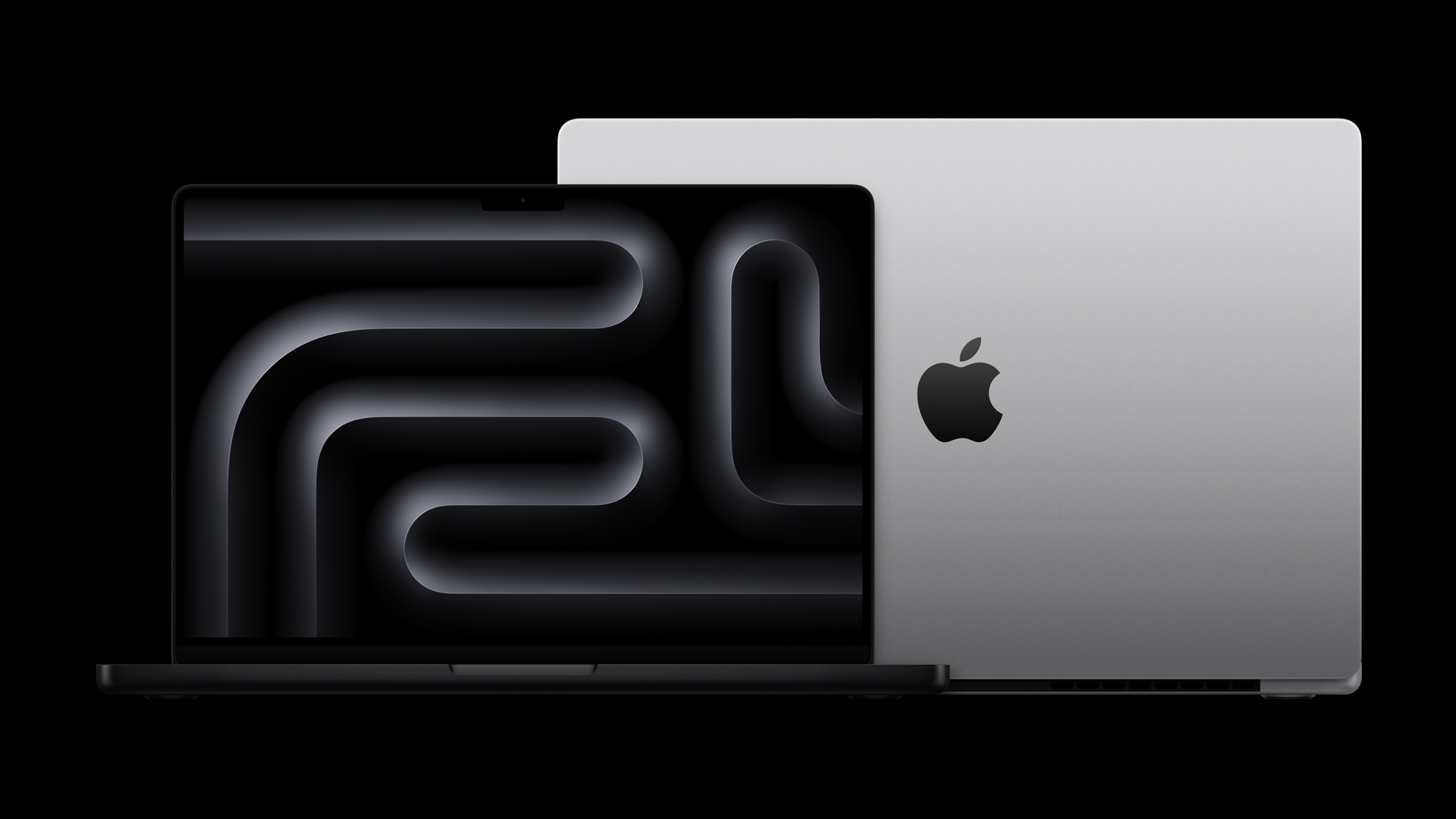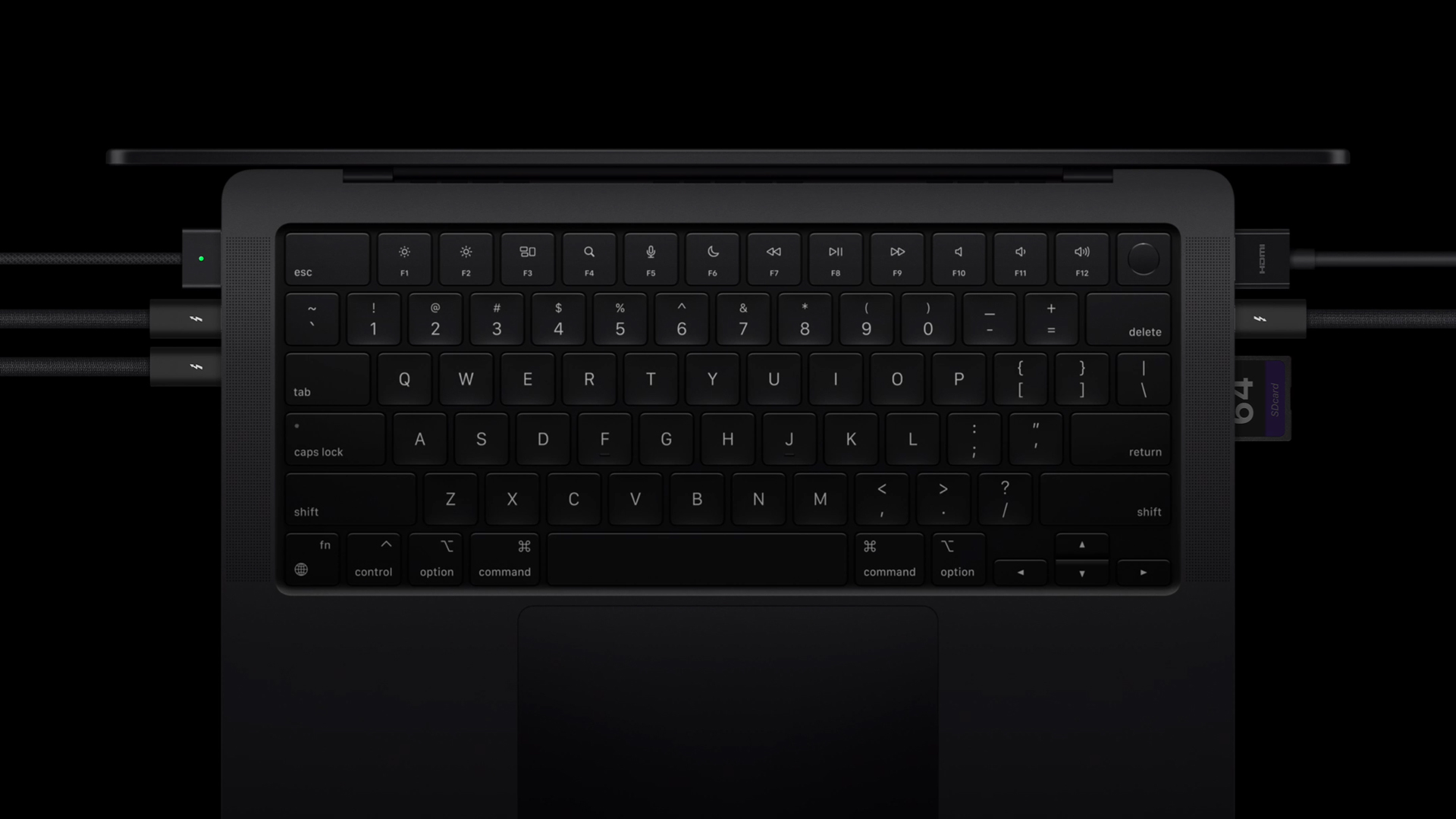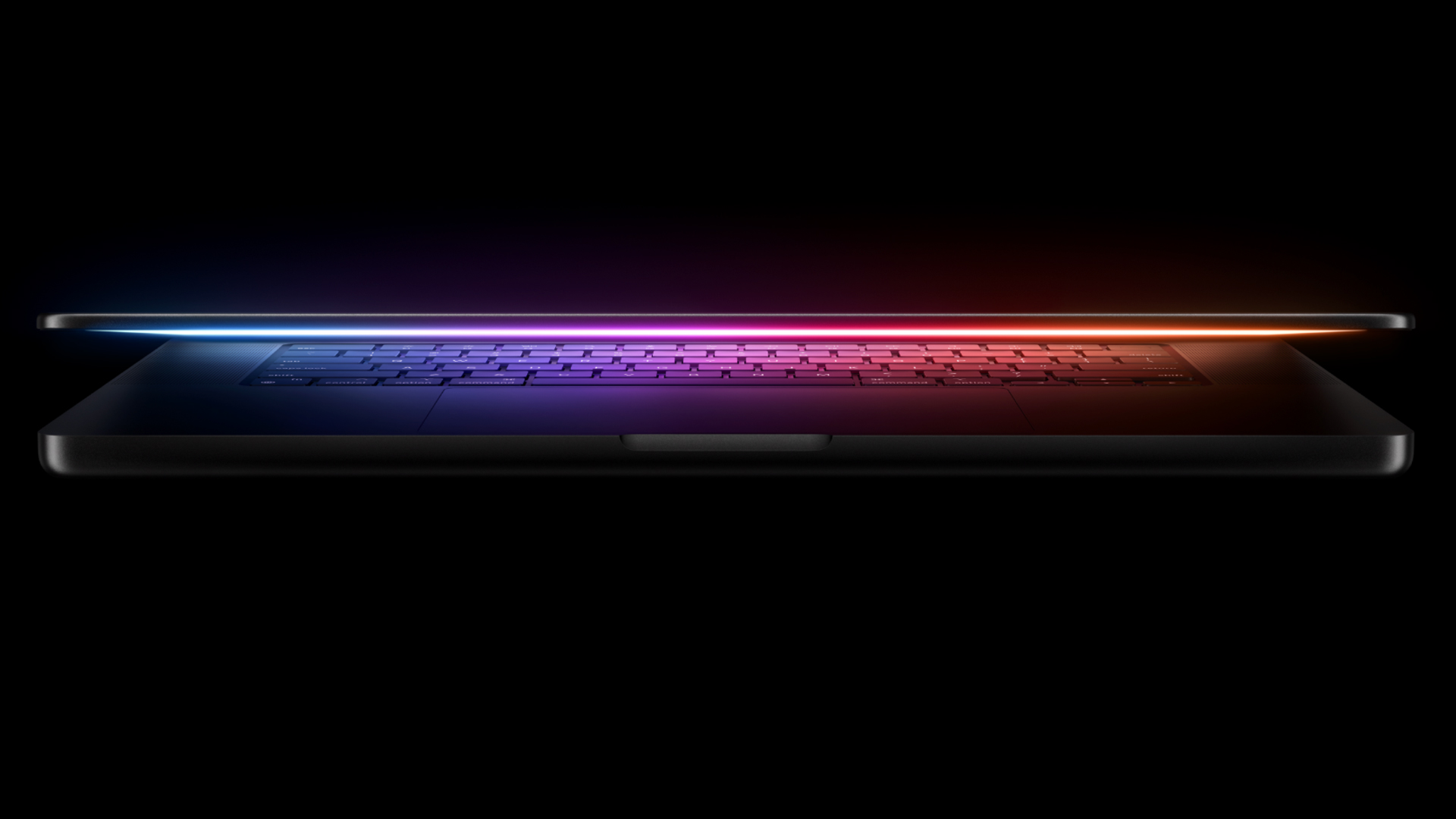
Your MacBook Pro is finally getting the CPU it deserves. Sure, Apple's powerful portable almost always has the best and brightest in the Apple Silicon lineup, but after the iPad Pro was blessed with the M4 while the MacBook Pro line was still stuck in M3 territory, something seemed out of sync.
That ends today with the new 14-inch and 16-inch MacBook Pro, both of which not only get new 3-nanometer M4 CPUs but also a pair of new and even more performant flavors: the brand-new M4 Pro and M4 Max.
As is usually the case, only the 14-inch MacBook Pro will support the now-entry-level M4 CPU. Both the 14-inch and 16-inch MacBook Pro models will be offered in configurations featuring the more powerful M4 Pro and M4 Max.
The M4 Max pushes the limits on performance possibilities with an up to 16-core CPU, up to a 40-core GPU, and support for up to 128GB of unified memory. The MacBook Pro M4 gains an extra Thunderbolt 4 port, bringing the total to three.
Both the MacBook Pro M4 Pro and the new MacBook Pro M4 Max support Thunderbolt 5 for 120gbps throughput. And like the Mac mini M4 and the new iMac M4, the 14-inch MacBook Pro with M4 starts with 16GB of RAM, and the 16-inch MacBook Pro with M4 will start with 24GB of RAM.

Familiar looks
Outside of that tantalizing performance, there are only a handful of important feature changes. No, not the design, as these MacBook Pros appear almost identical to their predecessors. However, they now have the new 12MP Centerstage camera, which uses framed portions of an ultra-wide lens feed to follow you around so you are never out of frame during a video call.
Both laptops still have a Liquid Retina XDR display, but Apple now offers a nano-texture display covering (also found on the new M4 iMac) that helps diffuse direct light and makes the MacBook Pro M4 a better partner for outdoor work. The new ability to push 1,000 nits with SDR content might also give you a boost in direct sunlight. You can still get up to 1,600 nits with HDR content, and these can also connect to two high-resolution displays at once.

Despite the extra M4 power, Apple is now promising up to 24 hours of battery life. It's not clear which activity would provide that longevity, though it's likely video playback and not intense video and 3D rendering workloads. Put simply, your mileage may vary.
While I haven't had my hands on these new systems, I did see one in action, editing a 3D image of a race car in Substance 3D Viewer. In it, we changed the car color from black to red and the rims from black to a glistening gold. Even though the 400MB image was made of millions of vertices, the changes were completed in seconds.

I also saw some console-level gaming on the MacBook Pro, which ably ran 505 Games' Control. There were noticeable, real-time reflections in the water and a spectacular explosion when we threw what might have been a bomb into a furnace.
As with other Apple Silicon-running MacBooks, these new MacBook Pros will run Apple Intelligence, supporting whatever version of Apple's own brand of Generative AI is available at the time of delivery,
The MacBook Pro M4 14-inch starts at $1,599 / £1,599 / $2,499AU with a 10-core CPU, 10-core GPU, 16GB of RAM, and 512GB of storage. The 16-inch MacBook Pro featuring M4 Pro starts at $2,499 / £2,499 / $3,999AU with a 14-core CPU, 20-core GPU, 24GB of RAM, and 512GB of storage. The 14-inch MacBook Pro M4 is configurable up to a 14-core CPU, 32-core GPU, 36GB of RAM, and 1TB of storage for $3,199 / £3,199 / $4999AU. The MacBook Pro M4 16-inch is configurable up to a 16-core CPU, 40-core GPU, 48GB of RAM, and 1TB of storage for $3,999 / £3,999 / $6,499AU.
Both MacBook Pro sizes are available in Silver and Space Black and are on pre-order as of today (Oct. 30). They ship on Nov. 8.







